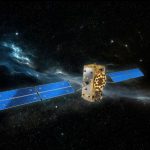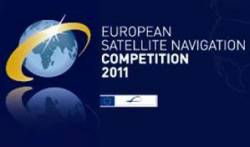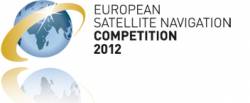A European GNSS Service Center (GSC), has opened in Torrejón de Ardoz, Madrid, Spain to serve as an interface between the Galileo navigation system and user communities of the open and commercial services provided by the European GNSS system. The European GNSS Agency (GSA) will operate the facility.
A European GNSS Service Center (GSC), has opened in Torrejón de Ardoz, Madrid, Spain to serve as an interface between the Galileo navigation system and user communities of the open and commercial services provided by the European GNSS system. The European GNSS Agency (GSA) will operate the facility.
The GSC will provide information on the status of the Galileo constellation to end-users or application service providers, as part of a general support function to ensure they can maintain the provision of any products or services they have constructed on the basis of the data flow.
During the Galileo In-Orbit Validation (IOV) phase, the GSC operates a general “help desk” function. by the end of 2014 an upgrade with additional content and functionalities will be developed to support provision of early Galileo services. By mid-2015 a new version of the GSC will be ready to support the dissemination of commercial data through a real-time interface.
According to the GSA, the GSC will continue to evolve over time in order to become fully functional in support of the Galileo Full Operational Capability (FOC) services.
The first FOC satellite arrived last at the European Space Agency (ESA) ESTEC Test Center in Noordwijk, the Netherlands, to begin a rigorous set of tests to check its readiness for launch.
The FOC satellite is functionally identical to the first four IOV spacecraft already in orbit but has been built by a separate industrial team. As with all the other 21 FOC satellites ordered thus far by ESA, the satellite’s prime contractor is OHB in Bremen, Germany and the navigation payload was produced by Surrey Satellite Technology Ltd in Guildford, UK.
In inaugurating the GSC, European Commission Vice-President Antonio Tajani emphasized that its operation “is an additional tool and part of our strategy for the development of GNSS applications, supporting innovation within industry, and supporting [small- and medium-sized enterprises] across Europe.”
"Galileo . . . will provide Europe with technological independence in relation to present navigation systems, while at the same time being fully interoperable and compatible with them” said Ana Pastor, Spanish Minister of Transport.
The center was named as a tribute to Loyola de Palacio, a previous EC vice-president and long-time advocate for Galileo.
The service center cost about €34 million, with Spain providing €4 million for the preliminary study and construction of the building, and the European Union (EU) funding the remaining portion. A dedicated GSC website is available for users.





